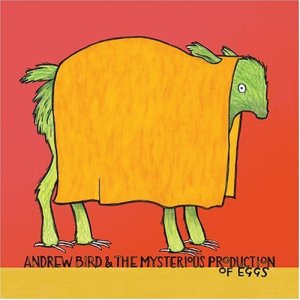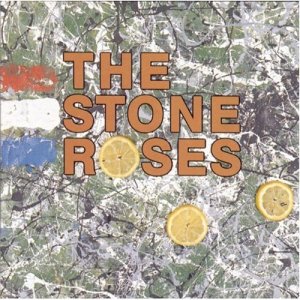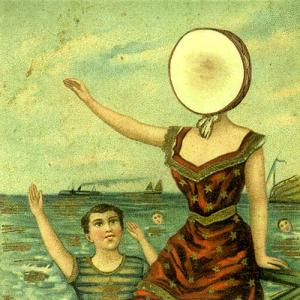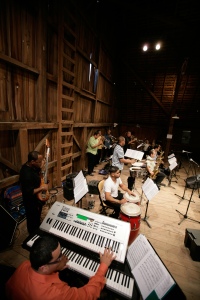Inspired by the Pitchfork interview model (in which people discuss “the music they loved at five-year interval points in their lives” with the goal of getting “a detailed roadmap of how their tastes and passions helped make them who they are” or learning something odd and obscure) and prodded by [ dan ], I hereby submit my list.
Like any exercise, this task reveals some trends but leaves out hugely significant ones. I need a separate entry explaining the absence of pop culture influence through the typically formative years. My family’s odd relationship with music (and most other consumer goods) as well as my inability to take a critical stance on this documentary will play into that entry. Until then..exchange your grandma’s dollar for tokens…I’ve got a fever that’s driving me crazy!!
Age 5 | “Pac Man Fever” (Buckner & Garcia)
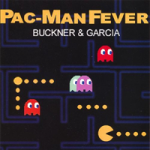 I don’t remember the presence of too many records in our house growing up, but I can vividly recall this album’s iconic cover and the giddy feelings conjured by hearing the sounds associated with Aladdin’s Castle in the Carbondale mall coming out of our huge record player/stereo console.
I don’t remember the presence of too many records in our house growing up, but I can vividly recall this album’s iconic cover and the giddy feelings conjured by hearing the sounds associated with Aladdin’s Castle in the Carbondale mall coming out of our huge record player/stereo console.
Clear evidence that I experienced this musical masterwork on vinyl: the first four songs are burned in my memory, while the last four are totally unfamiliar.
Age 10 | “Rock Me Amadeus” (Falco)
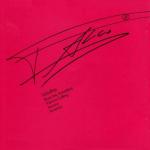 Regarded by some as the “the single worst pop song recorded in the entire decade of the 1980s,” I must have liked something about this mess of a synth-pop-chant tribute to Wolfgang.
Regarded by some as the “the single worst pop song recorded in the entire decade of the 1980s,” I must have liked something about this mess of a synth-pop-chant tribute to Wolfgang.
My brother got me the cassette of Falco 3 as a present, and I gave it back to him when the other songs “weren’t as good” as “Rock Me Amadeus.” Classic.
Age 15 | “Recipe for Love” (Harry Connick, Jr.)
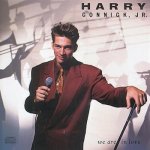 While others were in the throes of adolescent angst and smelling teen spirit, I was happily swingin’ to the big band sounds of Harry Connick, Jr. Sarah introduced me to this disc, and I eventually came to appreciate Harry as a piano player more than a singer. He doesn’t play much on this album, and the tracks alternate “happy”/”sad” a bit too drastically and predictably, but I can trace my interest in jazz piano to recordings such as this one from high school. Continue reading “5 – 10 – 15 – 20”
While others were in the throes of adolescent angst and smelling teen spirit, I was happily swingin’ to the big band sounds of Harry Connick, Jr. Sarah introduced me to this disc, and I eventually came to appreciate Harry as a piano player more than a singer. He doesn’t play much on this album, and the tracks alternate “happy”/”sad” a bit too drastically and predictably, but I can trace my interest in jazz piano to recordings such as this one from high school. Continue reading “5 – 10 – 15 – 20”
